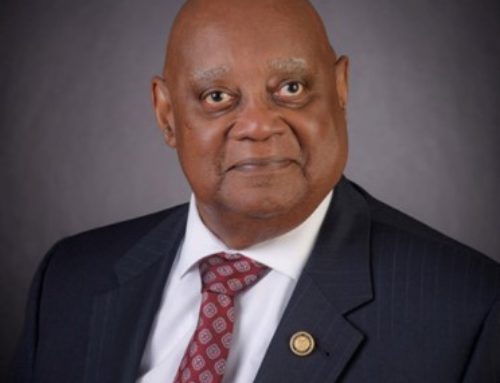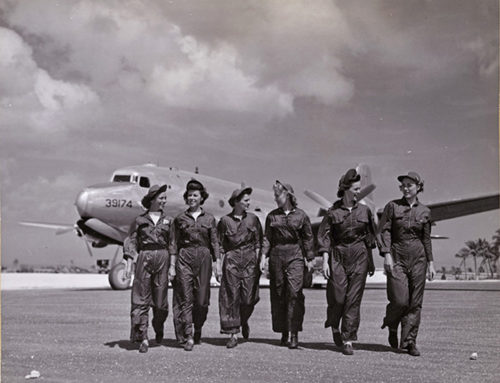What do Reynolds wrap and submarines have in common? Well in the 1960’s, the Reynolds Metal Company experimented with the idea of an aluminum submarine. Due to this innovated thinking, the same company that brought us quick ways of wrapping our food also brought us a new way of looking at the submarine.
The Reynolds Metals Company was looking for an exciting way to market the many uses of aluminum in the 50’s and 60s. They developed ideas for aluminum buses and cars but probably there most interesting experiment was the Aluminaut. Reynolds started designing the experimental submarine during WWII. It would be a full 20 years before the idea would becoming a reality. In 1964, Aluminaut was launched in Groton, Connecticut. She weighed 80 tons, was 50 feet long, and could hold crew of three or four. The submarine designed in the hopes that she could operate at depths of up to 15,000 feet and could be used for oceanographic research as well as salvage missions. The deep-submergence vehicle had four view ports, active and passive sonar and a side scan sonar. Aluminaut was equipped with some unique specifications, a 51 foot hull with 11 forged cylinders. The vessels strength-to-weight ratio exceeded the of steel so that the shell could withstand pressures of 7,500 pounds per square inch at the vessels maximum diving range. In an article from “Underseas Technology” in 1964, it was written that “The Aluminaut is the first major response to the challenge of full scale deep-ocean research and exploration. With its 15,000-foot depth capability, self-propulsion, 80-mile range and 32-hour routine submergence time, the Aluminaut can explore the very bottom of 60 per cent of the ocean areas of the world. Beyond question, it is the forerunner of tomorrow’s deep-diving undersea fleet to probe the mysteries of the oceans.” [1]
While the future seemed bright for Aluminaut, she would have a short career, being decommissioned in 1970. During her six short years, Aluminaut participated in a search for a missing thermonuclear bomb in 1966. The bomb was lost in the Mediterranean after a B-52 bomber and a refueling plane crashed over Spain. The recovery mission took nearly three months. In 1968, she participated in the recovery of a torpedo at the navy’s request. It was in October 1968, which saw Aluminaut’s claim to fame. In 1964, the U.S. Navy commissioned their own deep-ocean research submarine named Alvin. In 1968, while aboard the Navy tender ship Lulu, Alvin was lost while being lowered into the ocean. Three crew members were on board and the hatch was open. As soon as she hit the water, Alvin sunk quickly but thankfully, the three crew members were able to escape. Alvin sunk into the Atlantic, about 100 miles off the south side of Nantucket Island. Weather prevented any chance of recovering Alvin during the remaining months of 1968. Photographs of the sub in 1969 found that while at the bottom, it was upright and intact. Up until this point, no rescue had ever been attempted at such a depth level. On August 27, 1969, Aluminaut was able to descend nearly 5,000 feet to Alvin’s resting spot. Securing lines around the hull, Alvin was able to be towed while submerged to Woods Hole Massachusetts and the Woods Hole Oceanographic Institution. Alvin is still in commission today.
In 1991, Aluminaut was donated to the Science Museum of Virginia where she sits today and a reminder of the innovation and creativity of a group of people who sought to bring Aluminum into the spotlight. At the end of her short career, Aluminaut had set a world record for deepest recorded dive by a submarine and had traveled the globe. Aluminaut may seem an oddity in today’s eyes, but in 1960- she was a pioneer for what the future could hold. Research and deep-sea vessels are an important tool to understanding the vast ocean that lays before us. They also play a crucial role, as we saw with Alvin, with providing undersea support that many vessels cannot compete with. Below you will find a photo gallery of the Aluminaut. Just another testament to human innovation.

Figure 1A mockup of the 42-foot Aluminaut, shown at WHOI in 1961. Photo Courtesy of Wood Holes Oceanographic Institution Archives
[1] Covey, Charles W. Onlinelibrary.wiley.com, 1964







